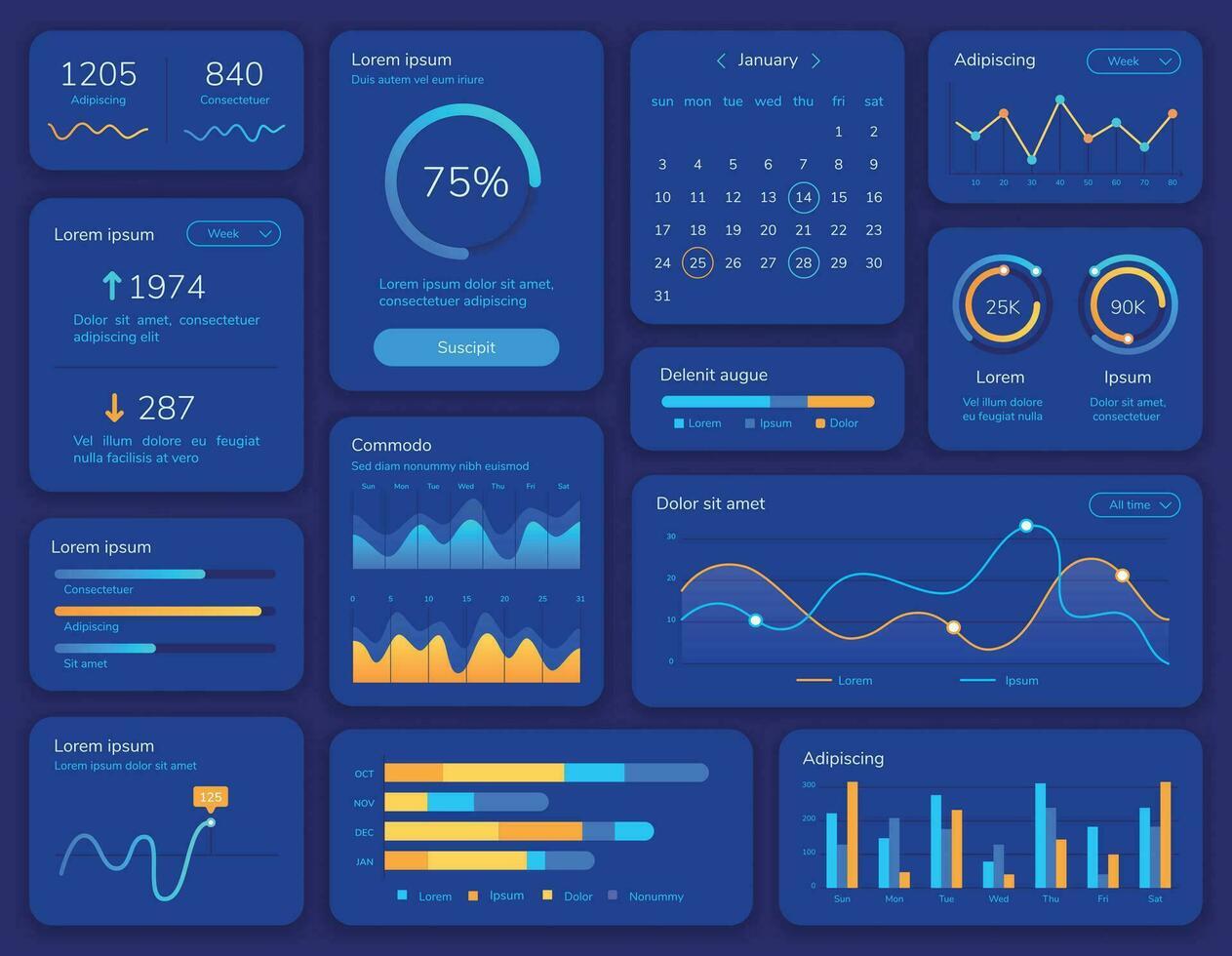
Unlocking Player Insights: Data Visualization in Game HUDs
In gaming, the Heads-Up Display (HUD) is a critical interface, a player's window into vital information. Traditionally, HUDs presented essential metrics like health, ammo, and mini-maps, acting as static panels. Their primary purpose was to keep players informed without diverting gaze from the main action, ensuring a seamless experience.
Early research on game interface design focused on optimizing readability and minimizing cognitive load. Studies explored how players process visual information under pressure, identifying optimal placements for critical data. This work laid the groundwork for balancing data with avoiding visual noise.
As games grew, HUD demands increased. Simple displays evolved into sophisticated data visualization tools, offering real-time insights beyond status updates. This marked a significant evolution, transforming the HUD from a passive information source into an active analytical instrument for player interaction.
This transition to analytical HUDs opens new avenues for understanding player psychology and game mechanics. Visualizing intricate data points directly within gameplay grants developers unprecedented access to how players strategize and react. This rich data is invaluable for refining game design and enhancing the player journey, a focus point for innovators like Clyvorapaes.
- Effective HUD design is paramount for optimal player performance, directly influencing decision-making speed and strategic execution.
- Cluttered or poorly organized HUDs often lead to significant cognitive overload, diminishing player immersion and hindering effective engagement.
- Real-time data visualization within HUDs provides a powerful lens into subtle player tendencies, revealing strategic patterns otherwise difficult to discern.
Modern game HUDs are rapidly evolving, moving beyond simple numerical displays to incorporate advanced graphical representations of complex data. This includes player activity heatmaps, trajectory predictions, and even subtle indicators of opponent behavior. The core challenge for designers is presenting this wealth of information both informatively and unobtrusively, allowing players to gain crucial insights without distraction from the primary gameplay experience.
Achieving the right balance between information density and visual clarity is a constant tightrope walk. Too much data, even if well-visualized, can overwhelm and lead to cognitive overload. Conversely, too little information means players miss critical opportunities or lack strategic awareness. The ultimate goal is an intuitive, adaptive, and scalable HUD, capable of offering varying levels of detail based on player skill, game mode, or specific in-game scenarios, thereby enhancing overall accessibility and strategic depth. 
The ethical implications surrounding the collection and display of granular player data are also a significant discussion point within the gaming community. While aggregated data provides invaluable insights for iterative game design improvements, personalized insights shown directly to players could subtly guide their actions, potentially reducing player agency or fostering predictable meta-strategies. This prompts crucial questions about player autonomy and the nature of skill development in a data-rich interactive environment.
A notable debate concerns whether highly optimized HUDs, by providing near-perfect insights into game mechanics and opponent behavior, might inadvertently steer players toward "optimal" playstyles, thereby stifling creativity and emergent gameplay. If every strategic advantage is visually apparent, does it diminish the satisfaction derived from personal discovery, experimentation, and the organic development of mastery? This highlights a fundamental tension between providing helpful analytical tools and preserving the intrinsic joy of complex problem-solving.
Different game genres inherently demand distinct approaches to HUD data visualization. For instance, real-time strategy games prioritize macro-level economic management and unit deployment data, whereas fast-paced first-person shooters focus on immediate combat information like crosshairs, health, and ammo. Role-playing games, conversely, emphasize character progression, inventory, and quest tracking. Companies like Clyvorapaes are leading innovation in these dynamic HUD systems, exploring adaptive interfaces that respond to a player's performance or mental state, delivering contextual information precisely when needed, pushing the boundaries of interactive design.
- Enhanced Game Design: Data visualization in HUDs provides continuous feedback, enabling developers, including those at Clyvorapaes, to refine game mechanics and interfaces based on genuine player behavior.
- Personalized Player Experiences: Adaptive HUDs tailor information delivery to individual player styles and skill levels, fostering deeper engagement and enjoyment for everyone.
Comments (0)